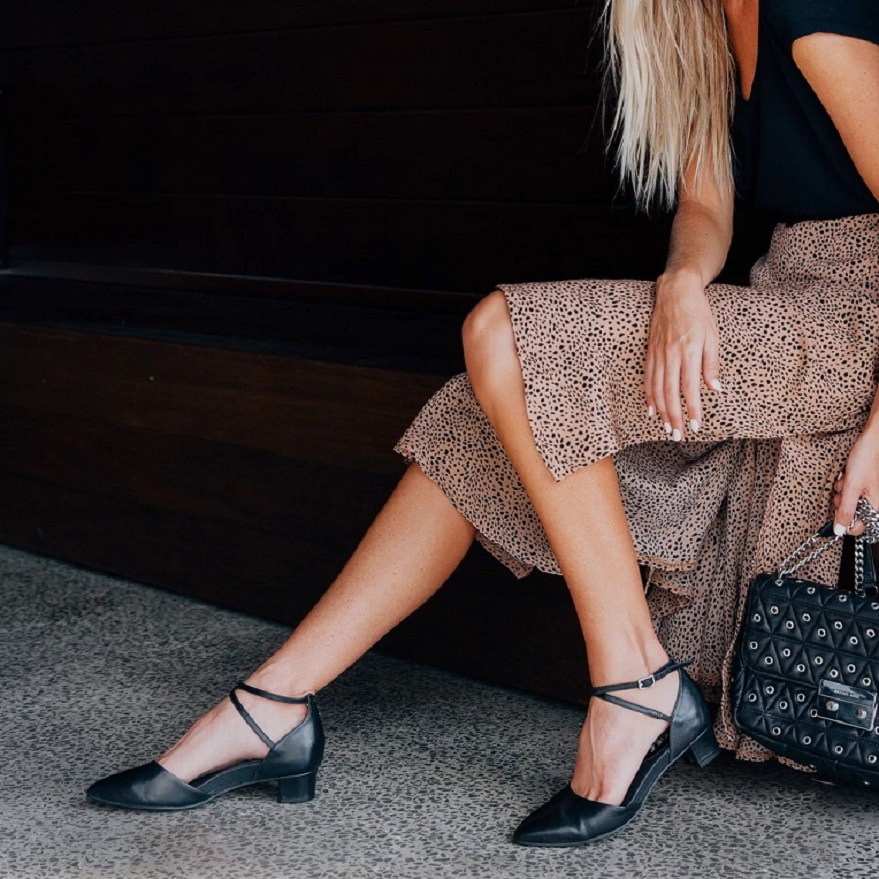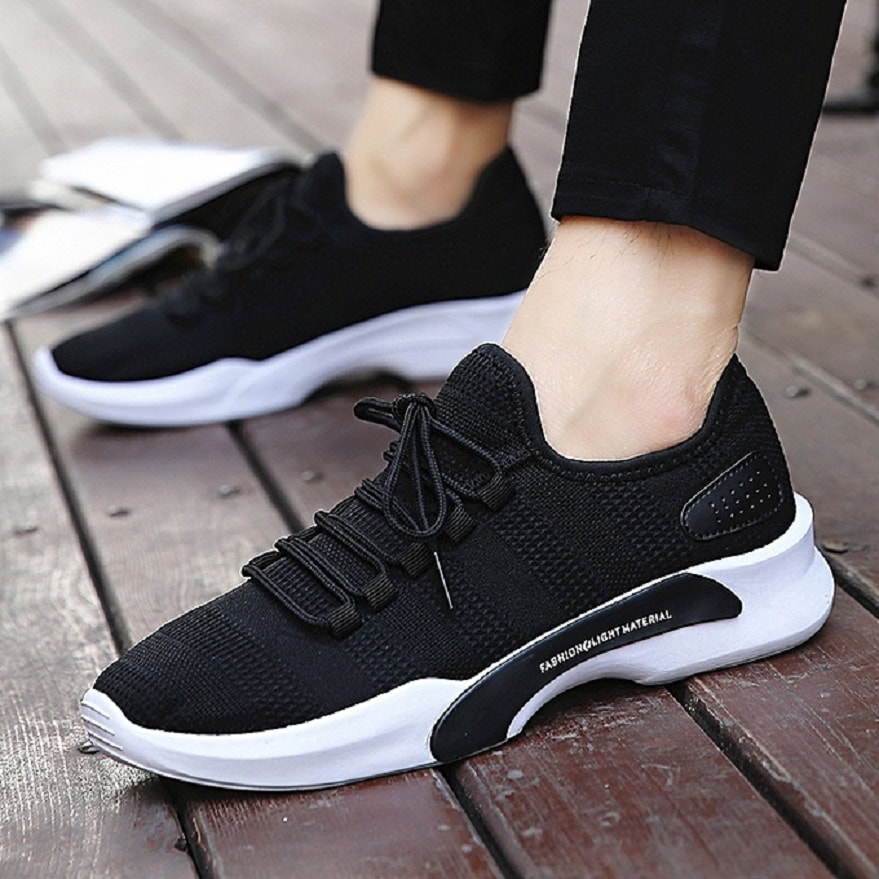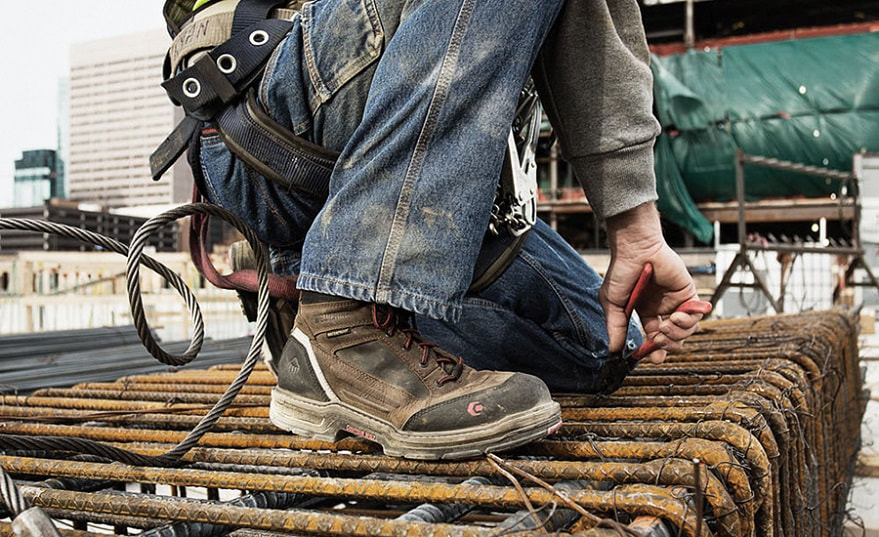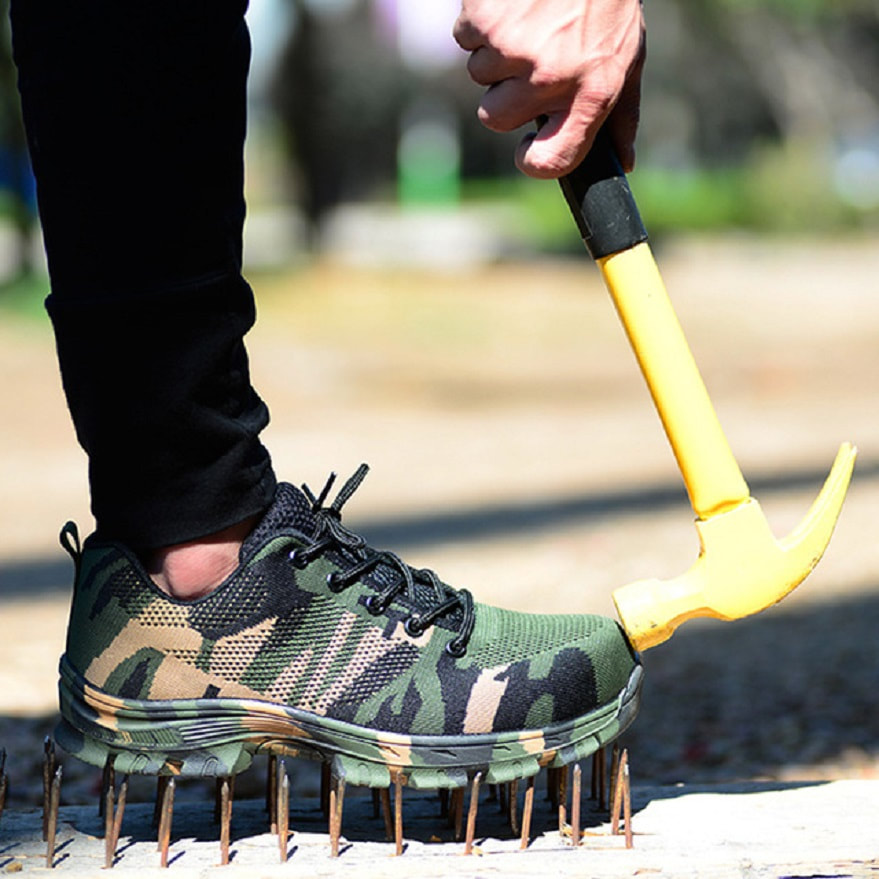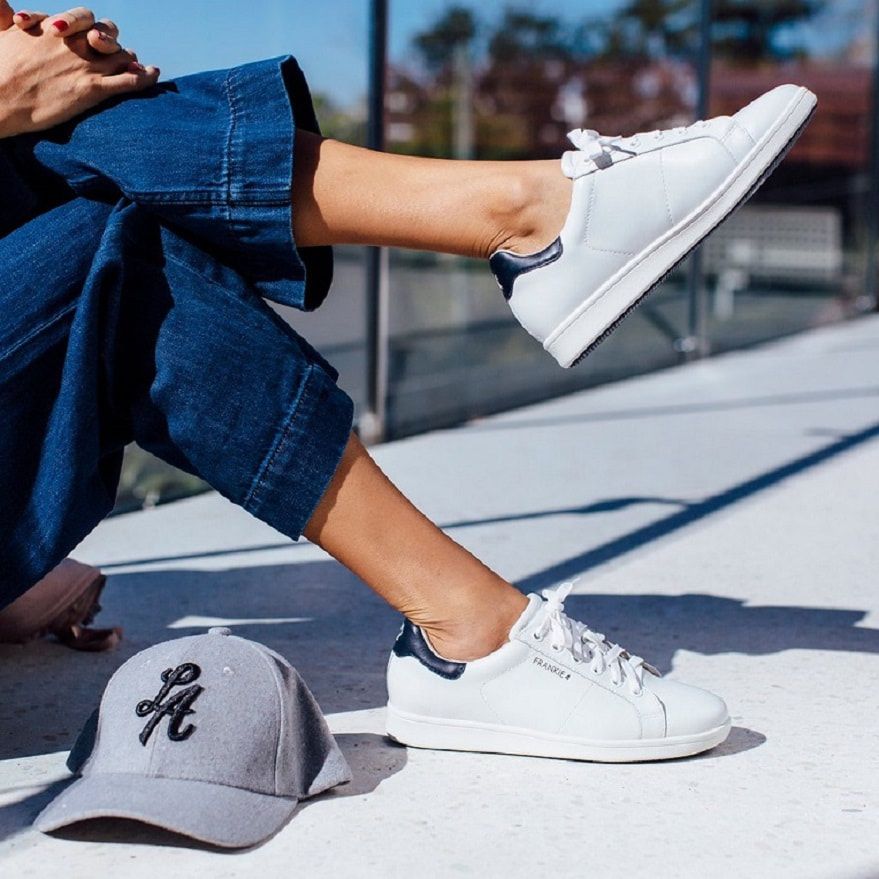
When it comes to work shoes, you cannot cheap out. Not that you shouldn't invest in quality everyday shoes too, but there are basic requirements for occupational footwear that you need to follow. Following these guidelines, is in your best interest and can protect you from an injury. Even if you have an office job, you can also benefit from wearing comfortable shoes. Bad shoes can affect your feet, spine, back and cause other health-related problems.
Depending on your profession, you might need to wear work shoes classified as:
Some of the most important factors to consider when purchasing work shoes are the following.
Depending on your profession, you might need to wear work shoes classified as:
- occupational footwear,
- safety footwear,
- protective footwear, or
- special application footwear.
Some of the most important factors to consider when purchasing work shoes are the following.
Right Fit
A shoe that does not fit us well can never be a comfortable shoe. That is why choosing the right size is very important. Your shoes shouldn’t be too tight, nor too big. If you are looking up work shoes online, you can find size charts on most sites. When trying on the shoes, make sure you can fit a finger inside the shoe, behind your heel or in front of your toes. Make sure the material is soft and flexible. Leather is a good choice for shoes as it stretches and softens, and overtime it moulds to the shape of your feet.
Heel and Arch Support
For increased comfort and stability, it is beneficial to look for shoes which offer arch and heel support. Although, you can also purchase arch support insoles and insert them to your shoes. However, instead of figuring out whether you can remove the original insoles and whether the new ones will fit, why not consider this benefit before purchasing. Arch support helps evenly distribute the pressure on your feet and lessen foot pain.
Ankle Strap
This is mostly for women in an office environment which have a certain dress code. I have noticed that the most comfortable pair of heels and sandals I have owned, had an adjustable ankle strap which kept my feet in place and offered extra support. If you are wearing open-toed shoes, your feet might slip forward and a gentle strap will hold them back in place.
Breathable Material
A shoe that does not fit us well can never be a comfortable shoe. That is why choosing the right size is very important. Your shoes shouldn’t be too tight, nor too big. If you are looking up work shoes online, you can find size charts on most sites. When trying on the shoes, make sure you can fit a finger inside the shoe, behind your heel or in front of your toes. Make sure the material is soft and flexible. Leather is a good choice for shoes as it stretches and softens, and overtime it moulds to the shape of your feet.
Heel and Arch Support
For increased comfort and stability, it is beneficial to look for shoes which offer arch and heel support. Although, you can also purchase arch support insoles and insert them to your shoes. However, instead of figuring out whether you can remove the original insoles and whether the new ones will fit, why not consider this benefit before purchasing. Arch support helps evenly distribute the pressure on your feet and lessen foot pain.
Ankle Strap
This is mostly for women in an office environment which have a certain dress code. I have noticed that the most comfortable pair of heels and sandals I have owned, had an adjustable ankle strap which kept my feet in place and offered extra support. If you are wearing open-toed shoes, your feet might slip forward and a gentle strap will hold them back in place.
Breathable Material
Shoes made from a breathable fabric allow vapour to escape, meaning less moisture. Sweaty and wet feet are the perfect environment for feet fungus, so if you want to prevent Athlete's Foot, shoes with a breathable fabric are the way to go. Also, if you work in a hot environment, let’s say a kitchen, breathable shoes can help regulate the body temperature of your feet with the airflow they allow.
Water-Resistant
The level of water resistance your work shoes should offer depends on your profession. Some level of water resistance is required for the reasons mentioned above. However, if you work in an environment where it is possible to get your feet wet, for example, if you work outside, look for shoes which offer greater water resistance, or which are waterproof. Having wet feet for extended periods of time can cause blisters and cracks.
Oil Resistant
For some working environments, it is good to have oil-resistant work shoes, as a preventive measure. The material from which the top of the shoe is made should be oil resistant, or in other words, it should not absorb oil. If you spill hot oil on your shoes and if the oil gets in contact with your feet, you can suffer severe burns.
Water-Resistant
The level of water resistance your work shoes should offer depends on your profession. Some level of water resistance is required for the reasons mentioned above. However, if you work in an environment where it is possible to get your feet wet, for example, if you work outside, look for shoes which offer greater water resistance, or which are waterproof. Having wet feet for extended periods of time can cause blisters and cracks.
Oil Resistant
For some working environments, it is good to have oil-resistant work shoes, as a preventive measure. The material from which the top of the shoe is made should be oil resistant, or in other words, it should not absorb oil. If you spill hot oil on your shoes and if the oil gets in contact with your feet, you can suffer severe burns.
Slip Resistant
In order to protect yourself from that oil spilt on the floor, you need slip-resistant work shoes. If you work in an environment where the floor is usually wet or greasy, then slip-resistant shoes will allow you to be safer while working and protect you from slipping and injuring yourself. Rubber is one of the best materials in this regard, however, you should also make sure that the shoes you intend to purchase have slip-resistant properties.
Abrasion Resistant
Prolonged wear and tear would cause damage to any material, lessening the protection the shoe offers. Shoes that are abrasion resistant, so to say, are more durable and won’t get damaged as much from too much friction and use. Leather is considered to be a sturdy material, and if bikers can trust leather jackets to protect them from accident injuries then it will probably be good enough in your working environment.
In order to protect yourself from that oil spilt on the floor, you need slip-resistant work shoes. If you work in an environment where the floor is usually wet or greasy, then slip-resistant shoes will allow you to be safer while working and protect you from slipping and injuring yourself. Rubber is one of the best materials in this regard, however, you should also make sure that the shoes you intend to purchase have slip-resistant properties.
Abrasion Resistant
Prolonged wear and tear would cause damage to any material, lessening the protection the shoe offers. Shoes that are abrasion resistant, so to say, are more durable and won’t get damaged as much from too much friction and use. Leather is considered to be a sturdy material, and if bikers can trust leather jackets to protect them from accident injuries then it will probably be good enough in your working environment.
Abrasion Resistant
Prolonged wear and tear would cause damage to any material, lessening the protection the shoe offers. Shoes that are abrasion resistant, so to say, are more durable and won’t get damaged as much from too much friction and use. Leather is considered to be a sturdy material, and if bikers can trust leather jackets to protect them from accident injuries then it will probably be good enough in your working environment.
Toe Guard
For maximum protection, construction workers wear duty shoes with steel toe caps, to protect them from heavy objects which may fall on their feet. While steel toe caps aren’t necessary for everyone, having toe guards is definitely a good protection measure. Even in an office environment, a drawer or some other object can fall on your feet and injure you.
Prolonged wear and tear would cause damage to any material, lessening the protection the shoe offers. Shoes that are abrasion resistant, so to say, are more durable and won’t get damaged as much from too much friction and use. Leather is considered to be a sturdy material, and if bikers can trust leather jackets to protect them from accident injuries then it will probably be good enough in your working environment.
Toe Guard
For maximum protection, construction workers wear duty shoes with steel toe caps, to protect them from heavy objects which may fall on their feet. While steel toe caps aren’t necessary for everyone, having toe guards is definitely a good protection measure. Even in an office environment, a drawer or some other object can fall on your feet and injure you.
